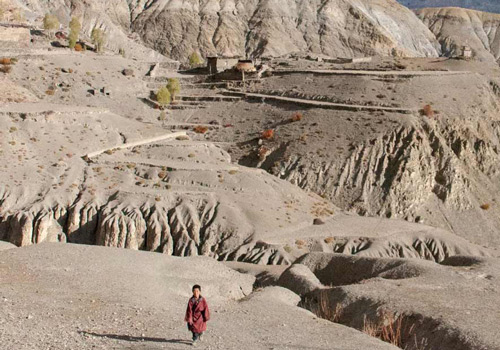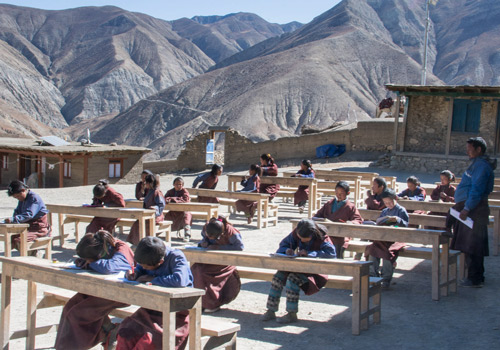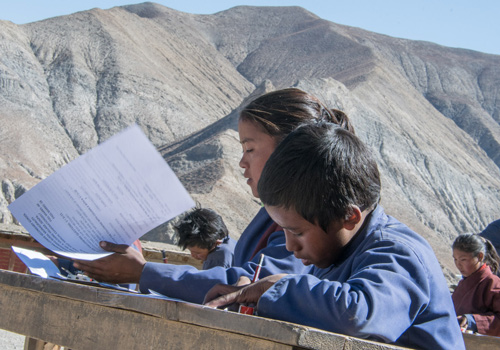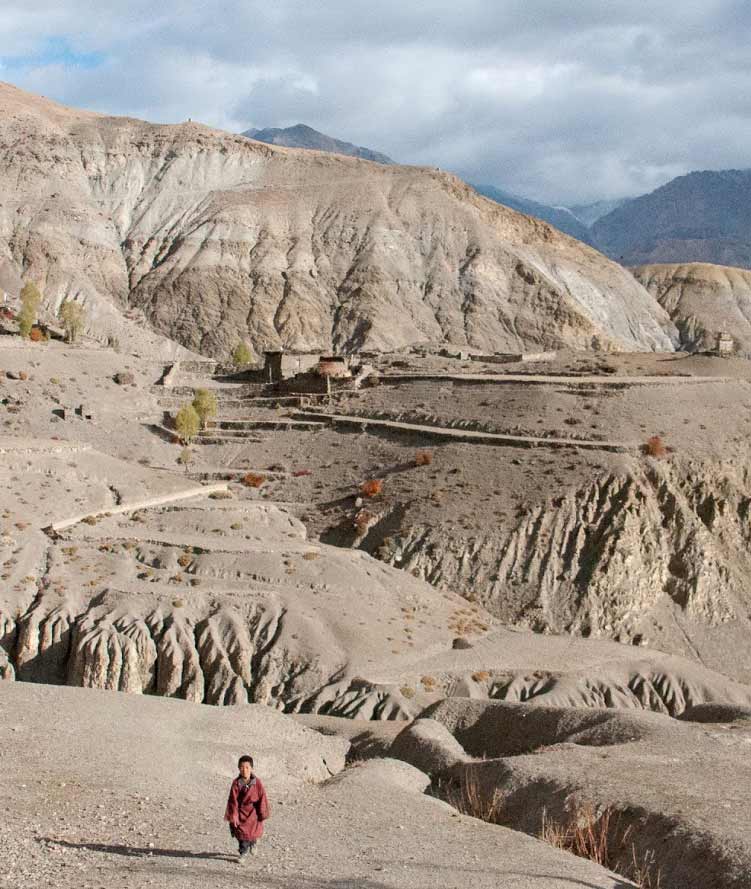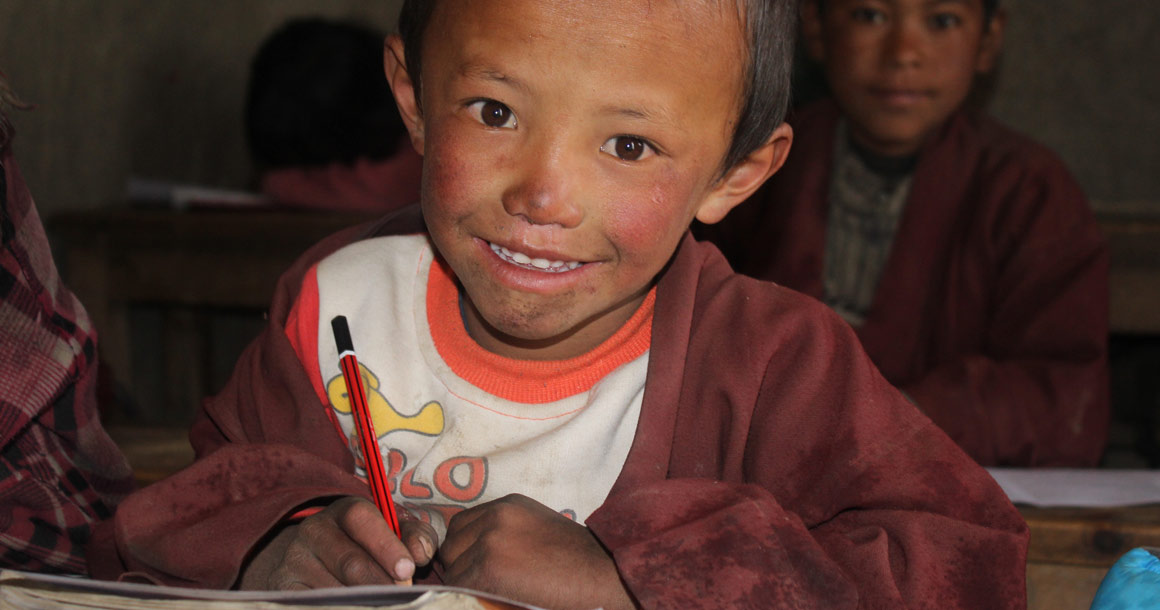
Altitude Project’s mission is to support education in the remote Upper Dolpo region of Nepal, a culturally and linguistically Tibetan area that is home to some of the highest-altitude villages on the planet.
Our work helps ensure that children in these isolated communities have the chance to learn and thrive. We provide vital support for school operations, and supply essentials such as greenhouse materials, portable solar lights, and women’s reusable hygiene kits.
These life-changing resources not only strengthen educational outcomes, but also enhance the health, resilience, and long-term sustainability of the villages.
Altitude Project Community Support Foundation is a non-profit society registered in BC and a registered charity in Canada.
100% of your donations go to Nepal – all administrative expenses are covered by directors.
OUR SCHOOLS
5 small schools, on the high altitude Tibetan Plateau, desperately needing help
Why Support Schools in the Upper Dolpo?
Many of you know that I’ve spent the past several years trekking in Nepal’s Himalayas. What has stayed with me most is not the mountains, but the people, especially those living in remote villages accessible only on foot.
In 2015, I trekked through the Upper Dolpo, a high desert region among the most isolated on earth. During that journey, I stayed in the village of Saldang (3,770 meters / 12,370 ft.), where I met Pema Wangyal and his wife, Kunsang Lhamo. Together, they operate the Saldang School. Pema serves as coordinator, while Kunsang—originally from Saldang—returned after her studies in Kathmandu to teach and support her community. Their dedication to the children was inspiring.
Like most schools in remote Nepal, Saldang School receives very little government support and relies almost entirely on donations to survive. The same is true for neighbouring schools in Karang and Komang, both facing equally urgent needs. These children live in one of the most inaccessible places on the planet, yet their hopes are no different from any child’s: to learn, to grow, and to dream of a brighter future.
For me, it was one of those moments to step off the sidelines and try to make a difference. And I chose these schools not only because of the genuine personal connections I made, but also because of their extraordinary remoteness. In 23 days of trekking, I saw only two other groups of foreigners. Reaching Saldang alone requires a flight to Juphal, followed by five days of walking across two passes over 5,000 meters (16,000–17,000 ft). Karang is another two hours on foot; Komang, a full day’s walk farther east.
I’ve had the privilege of traveling to this region three times since 2015 and plan to return in the fall of 2026. This year marks our 10th anniversary of making a positive impact here.
Here’s how we’re helping:
- Supporting 5 schools (200+ kids) with essential educational resources
- Providing a hostel in Kathmandu for 30 students pursuing secondary education
- Building greenhouses to improve food security, over 300 built so far!
- Distributing reusable menstrual hygiene kits (700 delivered so far!) in partnership with Days for Girls Nepal to improve women’s health and dignity. Learn more about their work here.
One of the things donors love most about us is that 100% of donations go directly to the projects, administration costs are fully covered by our directors.
If you’re curious and want to help make a difference, or if you just want to know more about this stunningly beautiful land, where school supplies are transported by mule and yak trains, please explore our website. I’m happy to answer any questions you might have—email me david@altittudeproject.ca
Tashi delek (Tibetan), Namaste (Nepali), and a sincere Thank you
I have been asked a longer question, “With so many other important requests for our donation dollars, what is so special about the communities you are funding, ie: what kind of people are they, what is important about keeping their cultures alive in these remote areas, what is your personal or heart connection that causes you to care for them in this way. Should we really be funding remote communities that are not self-sustaining?“ You can read my answer here.
Where are the Schools that Altitude Project Supports?
Village Life in the Upper Dolpo
The Upper Dolpo Trek – the trek that inspired Altitude Project
“Be the change that you wish to see in the world.”
― Mahatma Gandhi


